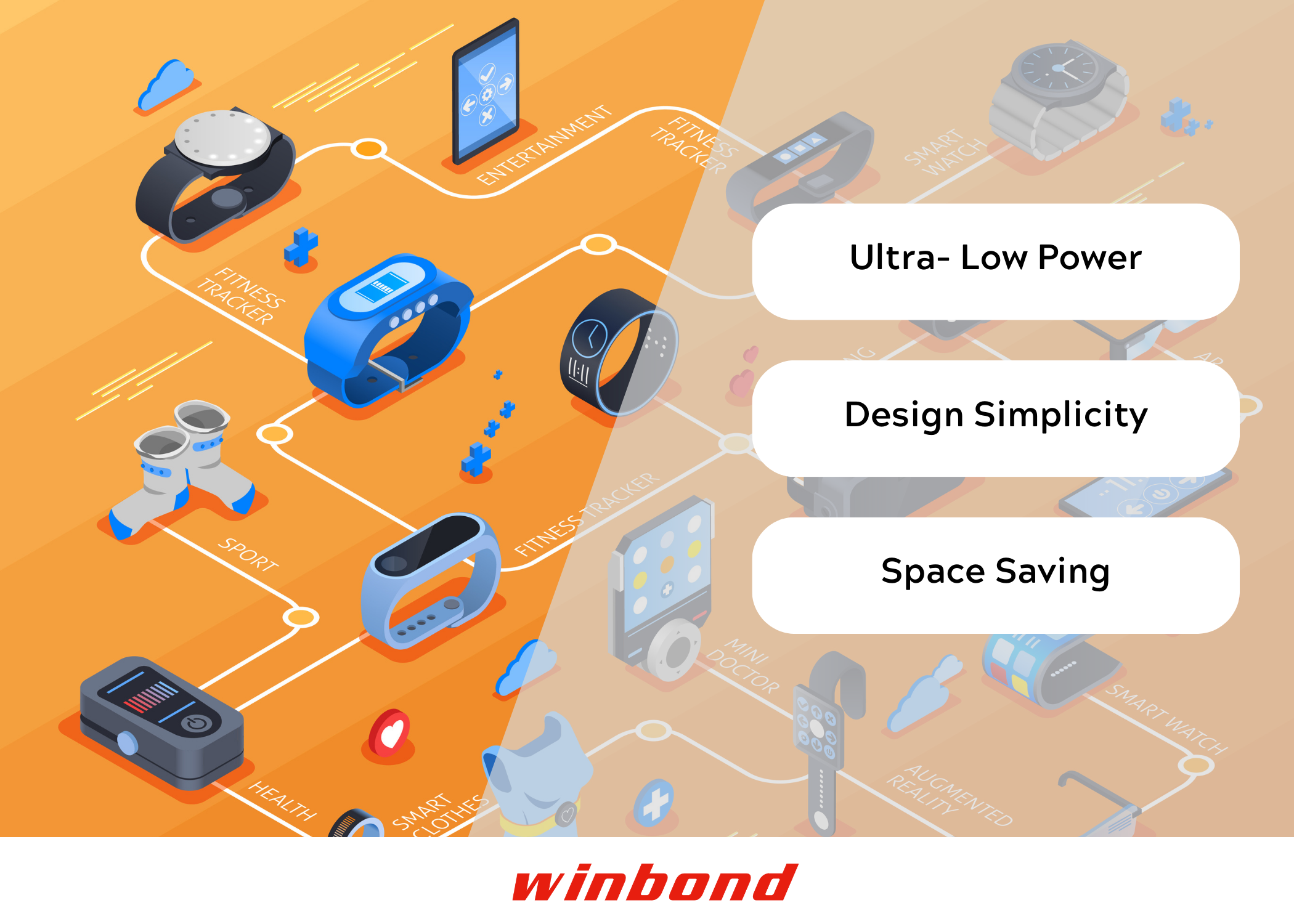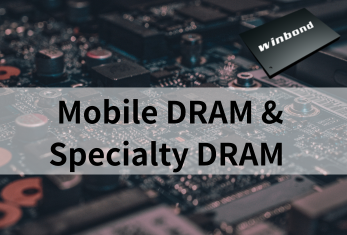Modern IoT devices rely on dedicated computer memory units to function. Random-access memory (RAM) units enable critical functions in these IoT devices and have evolved with an increasing need for compactness and functionality.
SEARCH FOR THE PRODUCT SPEC
What Constitutes RAM?
Computer RAM can either be static random-access memory (SRAM) or dynamic random-access memory (DRAM). Each of these computer memory configurations plays a unique role in modern IoT devices and wearable tech.
SRAM vs. DRAM
Both SRAM and DRAM represent volatile forms of computing that are prone to loss of memory when the power source is interrupted. SRAM units temporarily store data by utilizing six-transistor memory cells, are faster, more efficient (require less power to operate than DRAMs), permit data remanence, and are generally costlier.
By contrast, DRAM works by combining a metal-oxide-semiconductor field-effect transistor (MOSFET) and a metal-oxide-semiconductor (MOS) capacitor to achieve temporary data storage. DRAM chips are cheaper but require a constant refresh from an external source to retain the data on their capacitors.
What Is Pseudo-Static RAM and What Makes It Unique?
Pseudo-static random-access memory (PSRAM or PSDRAM) chips combine the best features of both SRAM and DRAM computing units. PSRAM is a DRAM device that integrates a refresh feature, negating the need for an externally enabled data rewrite onto its MOS capacitor. These features make PSRAMs excellent for main memory applications in numerous wearable IoT devices and portable smart devices.
Winbond Offers Sophisticated PSRAM Solutions for Wearable Tech
Winbond's PSRAM solution offers low-profile, low-power performance ideal for IoT wearable devices. Pseudo SRAM (PSRAM) is experiencing a design revival with wearable devices. Also known as CellularRAM, PSRAM were widely used in feature mobile phones. A typical IoT wearable design requires low power for extended battery life and uses lower RAM density in the smallest possible packages. Most wearable is tasked to monitor a finite set of parameters which means not a lot of computing power or the need for large memory size. These design requirements make PSRAM a natural choice. Winbond offers a variety of PSRAM densities from 32 Mb to 256 Mb in BGA packages.
Winbond’s PSRAM Product Features
- Broad density offering from 32 Mb to 256 Mb
- Operating voltage range: 1.7V to 1.9V
- Memory organization: x16
- 133 MHz Clock Rate
- 70 ns Random Access Time
- Option for Address Data Multiplex (ADM) to take advantage of less pins or Address Data Parallel (ADP)
- Standard 54 BGA for all densities, 49 BGA for 64 Mb only
These 1.8V low power devices include a deep, power down sleep mode which help to extend the IoT device’s battery life. Additional features that support less overall power consumption include partial-array self-refresh and configurable drive strengths of ½ and ¼ strength.
Note: Any questions, please contact Technical Support![]()




